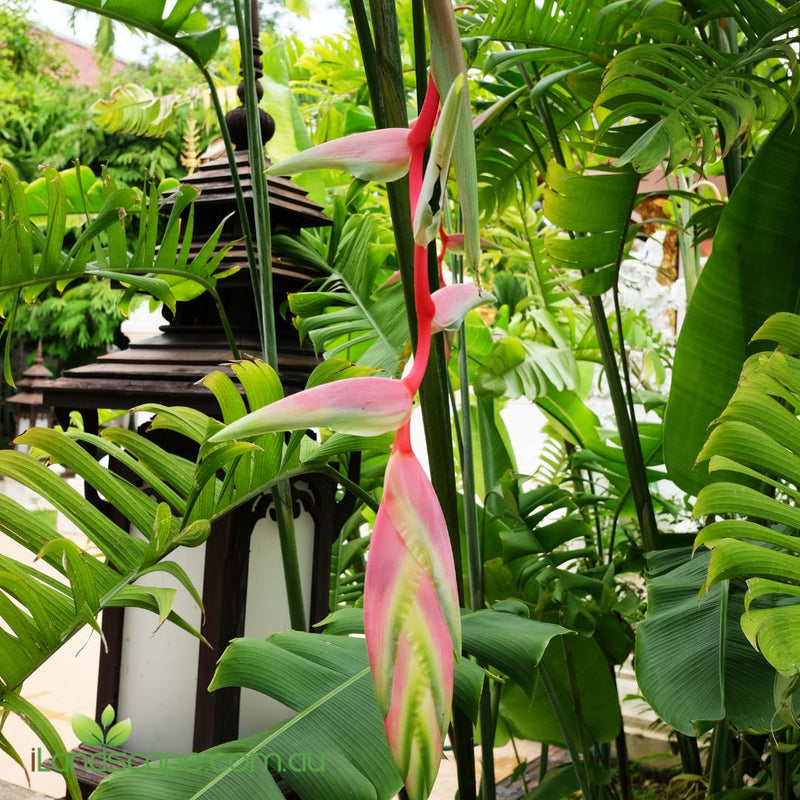Chamaedorea Elegans (Parlour palm)
Description:Chamaedorea elegans, commonly known as the Parlour Palm, is a popular evergreen indoor plant valued for its compact size, feathery foliage, and ease of care. Native to the rainforests of Central America, this elegant palm adds a touch of tropical greenery to homes, offices, and shaded gardens. Its graceful, arching fronds and slender stems make it a classic choice for indoor containers and low-light spaces.
Flowers:When grown under ideal conditions, the Parlour Palm may produce small, yellow, fragrant flowers on delicate, branched inflorescences. These flowers appear in spring, but they are subtle and often go unnoticed in indoor settings.
Foliage:The plant features delicate, arching fronds with pinnate leaves. Each frond consists of 10 to 15 pairs of narrow, dark green leaflets, providing a lush, airy texture. The foliage remains green year-round, adding a continuous touch of greenery to indoor spaces.
Fruit:If grown outdoors in tropical climates, the plant may produce small, round, black fruits following flowering. However, fruiting is rare in indoor settings and does not significantly impact its ornamental value.
Form and Size:Chamaedorea elegans has a clumping growth habit, with multiple slender stems emerging from the base. It typically reaches a height of 1 to 2 meters when grown indoors, with a spread of about 0.5 to 1 meter. Its compact size makes it ideal for smaller spaces, tabletops, or as an accent plant in living areas.
Growing Conditions:The Parlour Palm thrives in low to medium light conditions, making it perfect for indoor environments with indirect sunlight. It prefers well-draining, loamy soil and benefits from regular watering to keep the soil consistently moist, but not waterlogged. It is sensitive to cold temperatures and should be kept in a warm, humid environment, ideally between 18-24°C.
Uses:Ideal for indoor settings, the Parlour Palm is perfect for living rooms, offices, and shaded patios. Its air-purifying properties and ability to thrive in low light make it a popular choice for homes and workspaces. It also works well in mixed planters or as an accent plant in shaded garden areas.
Maintenance:This plant is relatively low-maintenance. Regularly misting the foliage helps increase humidity and prevent leaf tips from browning. Allow the soil to dry slightly between waterings, and avoid overwatering to prevent root rot. Fertilize every 2-3 months with a balanced, diluted liquid fertilizer during the growing season. Prune any yellowing or damaged fronds to keep the plant looking healthy.
Notes:The Parlour Palm is non-toxic, making it a safe choice for homes with pets and children. It is highly tolerant of low light and dry indoor air, which contributes to its popularity as a houseplant.
Companion Plants:Pairs well with other low-light, tropical houseplants such as Spathiphyllum (Peace Lily), Philodendron, and Ferns. It also complements trailing plants like Pothos and Scindapsus, creating a lush, layered effect in indoor spaces.
Common Name: Parlour PalmBotanical Name: Chamaedorea elegansFamily: ArecaceaeOrigin: Central America (Mexico and Guatemala)



